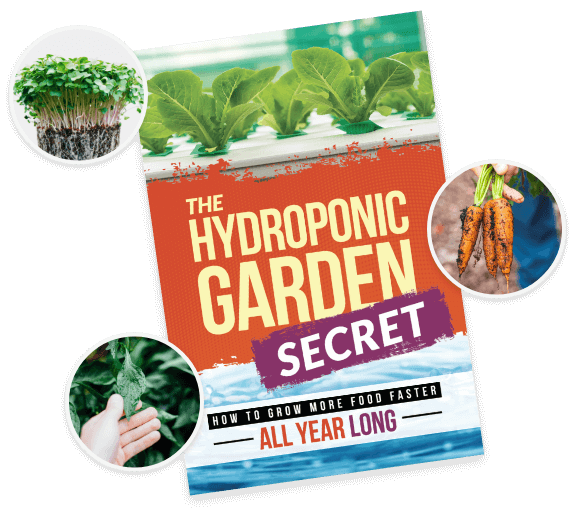How often do you throw eggshells in the trash? Did you know they can be an excellent resource for your garden, especially for tomato plants? If you’re growing tomatoes, incorporating eggshells into their care regimen can significantly boost plant health, improve yield, and even prevent common diseases.
This article digs into why feeding your tomatoes eggshells is a must!
Eggshells Prevent Blossom End Rot
Blossom end rot is a heartbreaking issue for tomato growers, as it can ruin an otherwise perfect harvest. The condition is primarily caused by a calcium deficiency in the plant, often due to uneven watering or soil lacking in this vital mineral. Adding crushed eggshells, rich in calcium, into the soil before planting or as a side dressing throughout the growing season helps reduce the risk of this frustrating problem.
Tip: To maximize effectiveness, crush the eggshells into small pieces or grind them into powder form before mixing them into the soil. This will speed up decomposition and make calcium readily available to plants.
Eggshells Improve Soil Structure
Eggshells do more than provide calcium – they also enhance the soil’s overall structure. Decomposing eggshells improve aeration and drainage, prevent soil compaction, and allow roots to access nutrients more effectively. This results in stronger root systems and healthier tomato plants that can better withstand environmental stressors.
Eggshells also act as a mild natural pH buffer, which helps maintain an optimal growing environment for tomatoes. They slightly neutralize acidic soils, making the nutrients more accessible to the plants.
Eggshells Are A Natural Pest Deterrent
Crushed eggshells, when sprinkled around the base of tomato plants, create a barrier against soft-bodied pests such as slugs and snails. These pests find the sharp edges of eggshells difficult and painful to crawl over, reducing their likelihood of damaging your plants.
Additionally, eggshells may deter certain caterpillars and cutworms that tend to chew on tomato plant leaves. Using eggshells as a protective layer is a natural and chemical-free way to safeguard your plants from unwanted visitors.
How to Prepare and Use Eggshells for Tomatoes
Here’s how to incorporate eggshells into your gardening routine for bigger and better tomatoes.
Step 1: Collect and Clean the Eggshells
After using eggs for cooking, rinse the shells to remove any residue that might attract pests or cause odor. Let them dry completely before storing.
Step 2: Crush or Grind the Eggshells
Push the eggshells into small pieces using your hands or a rolling pin to maximize their effectiveness. Grind them into a fine powder using a blender or food processor for faster decomposition.
Step 3: Add Them to the Soil
- Before planting: Mix crushed or powdered eggshells into the planting hole to ensure your tomato plants have an initial calcium boost.
- During the growing season: Sprinkling eggshell pieces around the base of the plants throughout the growing season.
- Composting: Adding eggshells to your compost bin helps to enrich mulch.
Elevate Your Garden With Sustainable Practices
Feeding your tomato plants eggshells is an easy, cost-effective, and eco-friendly way to enhance their health and productivity. With benefits ranging from calcium supplementation and blossom end rot prevention to soil improvement and pest control, eggshells should never go to waste in a gardening household. By incorporating them into your tomato-growing routine, you’ll be rewarded with more vigorous plants, healthier fruit, and a more sustainable approach to gardening.
Who knew that being sustainable was so easy and cheap?




